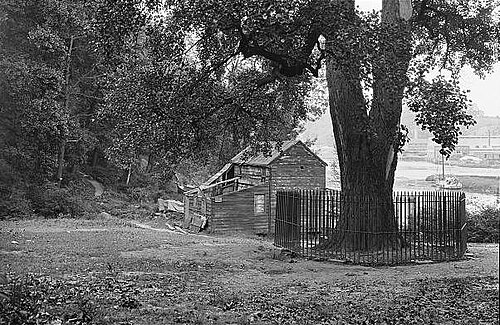
On May 24, 1626, a historic transaction took place between Dutch colonists and the Native peoples of Manhattan Island, marking a significant turning point in the history of European colonization in North America. On that day, the director-general of New Netherland, Peter Minuit, purchased Manhattan Island from the Lenape Native Americans, establishing the foundation for what would later become the city of New York.
At the time, Manhattan was inhabited by the Lenape, an indigenous tribe that relied on hunting, fishing, and agriculture for sustenance. The Lenape viewed land as a communal resource and did not have the same concept of private property as the Europeans did. For them, the agreement with the Dutch was likely seen more as a sharing of space and resources.
The transaction itself was somewhat symbolic. Peter Minuit is said to have exchanged goods worth 60 Dutch guilders, including beads, mirrors, axes, and cloth, for the rights to possess Manhattan Island. By today's standards, this amount may seem minuscule, but it is important to understand that this was a different era with different values and norms.
The transaction between Minuit and the Lenape marked the beginning of Dutch colonization on Manhattan Island. The Dutch quickly established settlements on the island, including the colony of New Amsterdam, which would later become the city of New York. The colonists began developing the island's natural resources, establishing farms, trading posts, and industries. However, relations between the Dutch settlers and the Lenape did not always proceed peacefully, and conflicts and tensions arose over time.
It is worth noting that this transaction was later contested by other colonial powers, notably the British, who would eventually take control of the region in 1664. However, Peter Minuit's purchase of Manhattan remains a significant historical event, laying the groundwork for the vibrant, cosmopolitan metropolis we know today as New York.
Ultimately, May 24, 1626, is a date that symbolizes the meeting of two different worlds, two visions of land and property, converging on Manhattan Island. This transaction between Peter Minuit and the Lenape serves as a reminder of the complex history of colonization and the relationships between indigenous peoples and European settlers in North America.
The rakish fellow, Public domain, https://fr.wikipedia.org/wiki/Pierre_Minuit#/media/Fichier:Tulip_Tree_on_the_shore_of_Spuyten_Duyvil_Creek_(1913).jpg


0 comments: